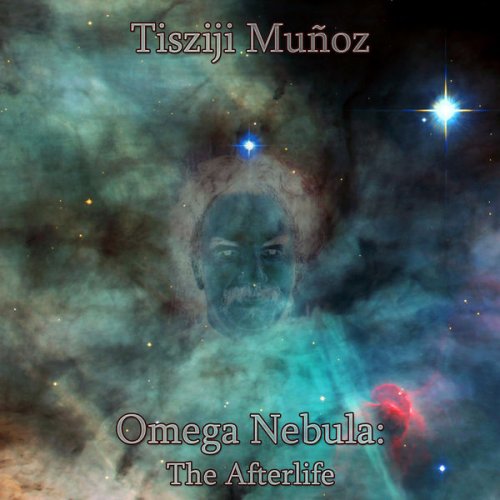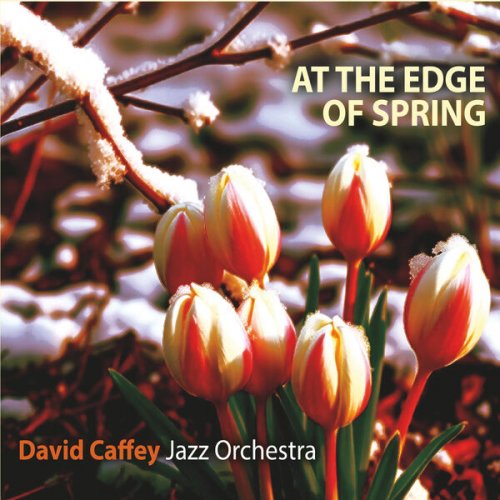New Zealand Symphony Orchestra, Myer Fredman - Britten: Sinfonia Da Requiem, Op. 20 & 4 Sea Interludes (1995)
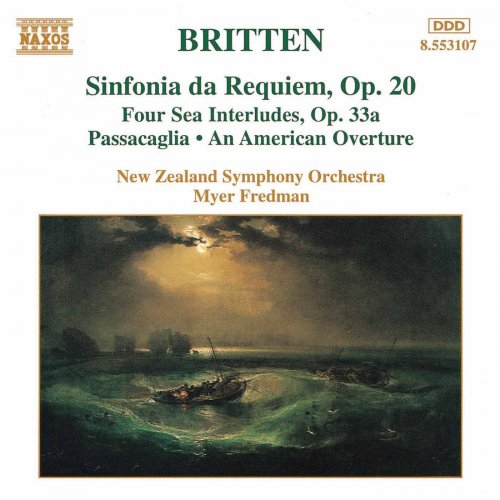
Artist: New Zealand Symphony Orchestra, Myer Fredman
Title: Britten: Sinfonia Da Requiem, Op. 20 & 4 Sea Interludes
Year Of Release: 1995
Label: Naxos
Genre: Classical
Quality: flac lossless (tracks) +Booklet
Total Time: 00:51:25
Total Size: 183 mb
WebSite: Album Preview
TracklistTitle: Britten: Sinfonia Da Requiem, Op. 20 & 4 Sea Interludes
Year Of Release: 1995
Label: Naxos
Genre: Classical
Quality: flac lossless (tracks) +Booklet
Total Time: 00:51:25
Total Size: 183 mb
WebSite: Album Preview
01. Sinfonia Da Requiem, Op. 20: I. Lacrymosa
02. Sinfonia Da Requiem, Op. 20: II. Dies Irae
03. Sinfonia Da Requiem, Op. 20: III. Requiem Aeternam
04. 4 Sea Interludes, Op. 33a: Dawn
05. 4 Sea Interludes, Op. 33a: Sunday Morning
06. 4 Sea Interludes, Op. 33a: Moonlight
07. 4 Sea Interludes, Op. 33a: Storm
08. Passacaglia, Op. 33b
09. An American Overture
Benjamin Britten occupies an unrivalled position in English music of the twentieth century and a place of the greatest importance in the wider musical world. While Elgar was in some ways part of late nineteenth century German romantic tradition, Britten avoided the trap offered by musical nationalism and the insular debt to folk-music of his older contemporaries, while profiting from that tradition in a much wider European context. He may be seen as following in part a path mapped out by Mahler. He possessed a special gift for word-setting and vocal writing, a facility that Purcell had shown and that was the foundation of a remarkable series of operas that brought English opera for the first time into international repertoire. Tonal in his musical language, he knew well how to use inventively, imaginatively and, above all, musically, techniques that in other hands often seemed arid. His work owed much to the friendship and constant companionship of the singer Peter Pears, for whom Brit ten wrote many of his principal operatic rôles and whose qualities of voice and intelligence clearly had a marked effect on his vocal writing.
Benjamin Britten was born in the East Anglian seaside town of Lowestoft in 1913. His talents as a composer were apparent in childhood, when he was able to study with Frank Bridge. His later study at the Royal College of Music proved less fruitful, although he was able to develop his abilities as a pianist and accompanist, later put to full use in concert tours and recitals with Peter Pears. His association with the poet W.H. Auden, with whom he undertook various collaborations, was in part behind his departure with Pears in 1939 for the United States of America, where, it seemed, opportunities offered, away from the petty jealousies and inhibitions of his own country.
The outbreak of war in Europe in September brought obvious difficulties. Britten and Pears were firmly pacifist in their beliefs, but could not but be horrified by the excesses of Fascism and National Socialism and by the difficulties faced in war-time Britain. In particular Britten felt keenly the isolation from his own roots in East Anglia, to which he and Pears were eventually able to return in March 1942, rejecting the option of nominal military service as musicians in uniform in favour of overt pacifism. The end of the war and the re-opening of Sadler's Wells Opera brought the new opera Peter Grimes, planned in America and a revelation at its first performance in June 1945. Factionalism in the Sadler's Wells Company led to the foundation of the English Opera Group and a series of chamber operas, followed, as prejudices and jealousies died, by the eventual very general acceptance of Britten as a composer of the highest stature, a position officially recognised shortly before his early death by his elevation to the peerage, the first composer to be so honoured. His achievements as a composer and performer are too manifold to be susceptible to summary, from Peter Grimes to his last opera, Death in Venice, from the early violin works for Antonio Brosa to the later cello compositions for his friend Mstislav Rostropovich, and the declaration of principle in the Sinfonia da Requiem and the great War Requiem.
It might seem an example of characteristic ineptitude in the British Council to have been instrumental in commissioning from Britten the Sinfonia da Requiem as the British contribution to the celebration of the 2600th anniversary of the establishment of Japan's ruling dynasty. In the event the Christian nature of the work was deemed highly inappropriate by the Japanese government, which rejected the work, allowing Britten, therefore, to permit its first performance in 1941 by the New York Philharmonic Orchestra under Barbirolli. The Sinfonia da Requiem, written as war took its toll in Europe, was dedicated to the memory of the composer's parents.
The first movement of what is a singularly unified work, Lacrymosa, takes its title from a verse of the Latin Requiem sequence, the Dies irae, the more terrifying opening of which provides a title for the second movement scherzo, followed by the meditative initial words of the Requiem introit, Requiem aeternam. The musical language of the work, already full formed and instantly recognisable as Britten's, is used ominously in the opening to suggest a procession of mourning, building to a climax, before the second movement, with its ironic suggestions of war and slaughter. This leads to the reflective final movement, with its concluding optimism, hope for a peace devoutly to be wished.
The idea of an opera on the subject of Peter Grimes came about when Britten read an article by E.M. Forster on the Suffolk poet George Crabbe, whose series of poetic tales, The Borough, includes the story of the ambitious and haunted fisherman Grimes, whose predicament as an outcast in the Borough must have seemed to reflect in some ways the position of Britten and of Pears as pacificists and homosexuals in an intolerant society, and in a wider way the position of the artist, the thinker, the individual. The opera opens with a Prologue, an inquest into the death of an apprentice that Peter Grimes is accused of having maltreated. With the help of the school-mistress Ellen Orford, he is allowed to take another apprentice, a necessary help if he is to ply his trade and fulfil his aspirations. Gossip that Grimes has again been guilty of cruelty leads the people to march in a body to Grimes's hut, from which the boy, making his way down the cliff, falls to his death, Grimes is left to take his own life.
The Four Sea Interludes and the Passacaglia from Peter Grimes have found a popular place in concert programmes. The first, Dawn, shows the break of day over the sea, a prelude to the grey morning scene, as fishermen and women mend their nets by their huts on the shingle, the work-a-day world against which the action of the drama takes place. Sunday Morning, prelude to the second act, sets a scene of sunlight, as the church bells, suggested by the French horns, ring and the self-righteous go to church, part of a society from which Grimes is cast out. The calm of the sea is mirrored in Moonlight before the third act, with the Borough and the sea at rest, although now final tragedy is inevitable. Storm, a rondo, reflects a very different aspect of the sea, its wildness and danger, an introduction to the second scene of the first act. The turmoil of the sea reflects the turmoil in the mind of the protagonist, as the wind rises and the fishermen seek comfort in The Boar. The fourth Interlude in the opera, a Passacaglia, uses the traditional Baroque variation form to suggest the torment of Peter Grimes, the conflict between his ambitions and aspirations and reality, It forms a prelude to the second scene of the second act and the death of the new apprentice.
Britten's American Overture was written in 1941 for the conductor Arthur Rodzinski and the Cleveland Orchestra but possibly never delivered or performed, to be forgotten by the composer and later, when the manuscript came to light, withdrawn. The first known performance was given in 1983 by Simon Rattle and the City of Birmingham Symphony Orchestra, The overture makes colourful use of the orchestra, with suggestions of characteristic American rhythms and turns of phrase as well as hints of things to come in Britten's own later compositions, as it builds to a final climax.
![Johnny Janis - Playboy Presents... Once In a Blue Moon (2015) [Hi-Res] Johnny Janis - Playboy Presents... Once In a Blue Moon (2015) [Hi-Res]](https://img.israbox.com/img/2025-12/29/hpechfkz7kpvyn01p0qdae2u4.jpg)
![Lionel Hampton - Apollo Hall Concert 1954 (Remastered) (2023) [Hi-Res] Lionel Hampton - Apollo Hall Concert 1954 (Remastered) (2023) [Hi-Res]](https://www.dibpic.com/uploads/posts/2025-12/1766995341_lhac500.jpg)
![Nighthawks - Paris Dakar (2025) [Hi-Res] Nighthawks - Paris Dakar (2025) [Hi-Res]](https://www.dibpic.com/uploads/posts/2025-12/1767093398_folder.jpg)
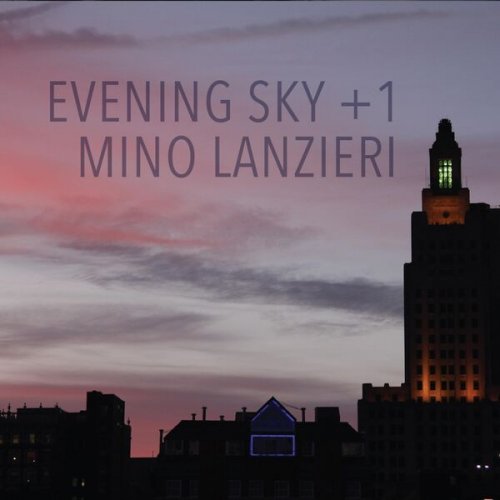
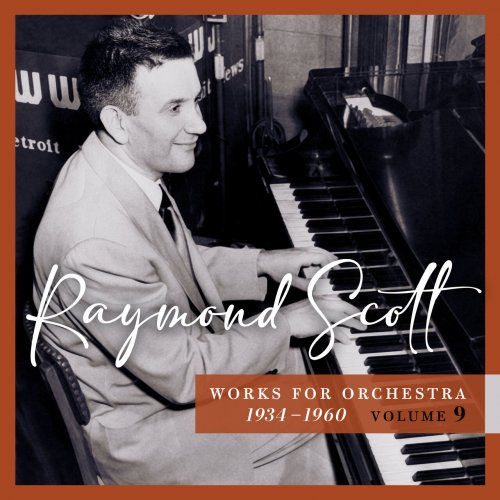
![Max Buettner - Reconnect (2025) [Hi-Res] Max Buettner - Reconnect (2025) [Hi-Res]](https://www.dibpic.com/uploads/posts/2025-12/1766910938_cover.jpg)

